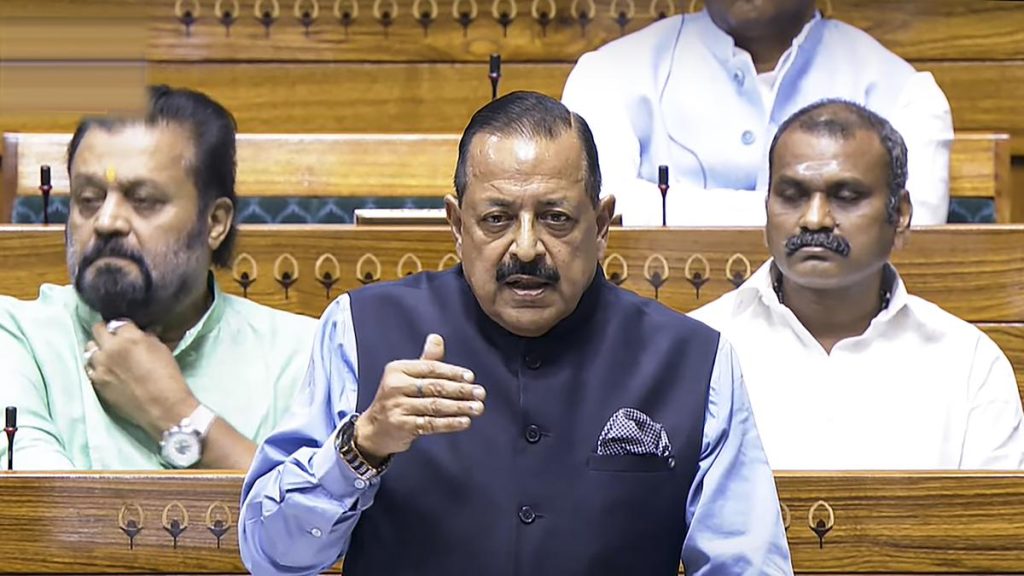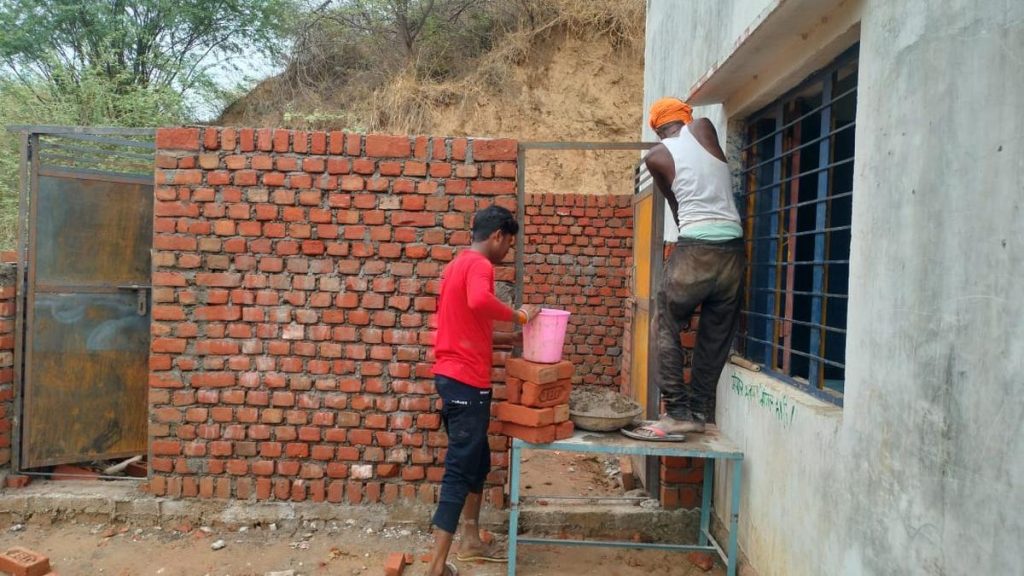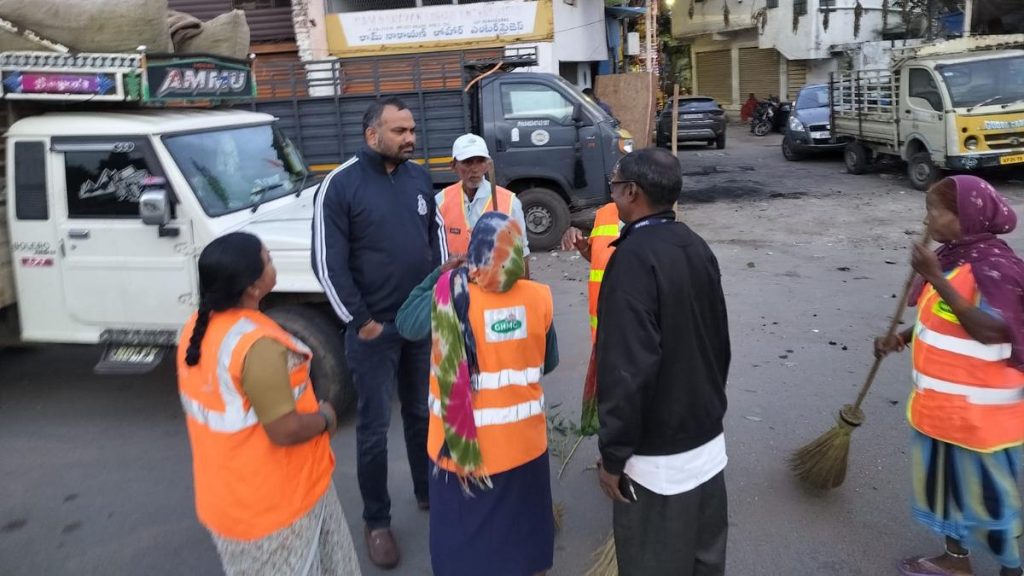Now Reading: Planning the Ultimate Baja California Road Trip
-
01
Planning the Ultimate Baja California Road Trip
Planning the Ultimate Baja California Road Trip

Quick Summary
- Road Trip in Baja California: The Baja California peninsula offers diverse landscapes, including coastal views, beaches, deserts, and cultural experiences.
- Highlights: Activities include wine tasting in Valle de Guadalupe (Mexico’s largest wine region), whale watching in guerrero Negro during winter, beach camping in Mulegé, and exploring Loreto Bay National Park’s protected marine areas.
- Practical Prep: Mexican vehicle liability insurance is mandatory for driving. Highways may be narrow or poorly maintained; safety precautions like avoiding night driving are recommended.
- Travel route Breakdown:
– San Diego to Guerrero Negro: Pass through Valle de Guadalupe for food and wine experiences; stretch the long drive with stops at San Quintín (fresh oysters) and Cataviña (cacti and petroglyphs).
– Guerrero Negro to Mulegé: Whale watching opportunities at Laguna Ojo de Liebre from January-April; pristine beaches ideal for relaxation.
– Mulegé to Loreto: Explore Loreto’s history as a Pueblo Mágico town with islands hosting whales, birds, and marine wildlife.
– Loreto to La Paz: Visit Playa Balandra (a world-renowned shallow beach) or Espíritu Santo Island for protected snorkeling adventures.
– La Paz to Cabo San Lucas: Final destinations include Todos Santos’ vibrant food/beach culture paired with the coral reefs of Cabo Pulmo National Park.
Indian Opinion Analysis
Mexico’s Baja California peninsula represents a unique convergence of adventure tourism alongside ecological exploration-a concept relevant when considering India’s burgeoning travel market.India has recently been fostering eco-tourism projects such as localized wellness retreats and wildlife zones that mirror aspects of Mexico’s tourism model.
The logistical hurdles highlighted-law-specific vehicle insurance requirements or road infrastructure challenges-could prompt indian travelers venturing abroad toward greater mindfulness regarding international travel regulations. India’s authorities could benefit from evaluating coastal conservation efforts alongside sustainable tourist activities exemplified by national parks like Cabo Pulmo.
Moreover, Baja California’s strategic branding around “Pueblos Mágicos” towns aligns well with India’s push toward promoting heritage cities through schemes like “Dekho Apna Desh.” This road trip showcases how narrative-driven destination marketing can balance adventure accessibility while preserving local ecosystems-a lesson Indian states might incorporate during similar campaigns. Future collaboration channels between countries for shared expertise could serve global aspirations surrounding responsible cross-border tourism growth.
























